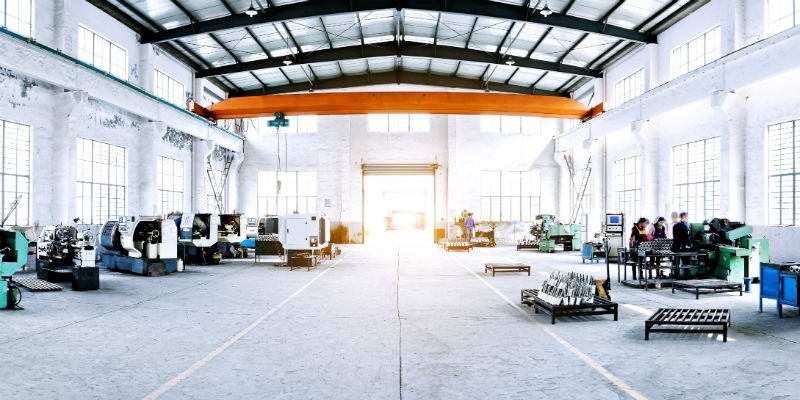In much of my writing, I espouse the virtues of market-creating innovations. In fact, in our book The Prosperity Paradox: How Innovation Can Lift Nations Out of Poverty, the power of market-creating innovations takes center stage—and for good reason.
These innovations transform complicated and expensive products into simple and affordable ones, so many more people can afford them. Examples include the Ford Model T in the early 1900s, which democratized the automobile; and MicroEnsure today, which is democratizing access to insurance for tens of millions of people in low- and middle-income countries. Because market-creating innovations target people for whom existing products on the market are not affordable, companies that invest in them create new growth engines for their organizations. In addition, these companies often hire more people to make, sell, market, distribute, and service these new innovations and as a result, have a significant impact on the economic development trajectory of a region.
But once a new market is created, what happens next? How do companies maintain their competitive edge? How do they fight for market share with competitors? This is where sustaining innovations come into the picture.
Sustaining innovations are improvements to existing solutions on the market and are typically targeted at customers who require better performance. They’re often sold for more money, at a higher margin. From an investment standpoint, they don’t cost as much as market-creating innovations since targeting a relatively known segment in a largely established way rarely requires the need to build new sales, distribution, marketing, and manufacturing engines. In a highly competitive market, sustaining innovations help companies stay vibrant.
Think about new smartphones today. Many come with high-end cameras, much more memory, and new features that make older model phones seem obsolete. Now consider Unilever’s Lipton Tea brand. From the Matcha Green Tea and Mint flavor to the Green Iced Tea flavor, the brand is developing new and exciting flavors to capture more and more of an existing tea-drinking market—or at least retain its market share. All these new flavors are sustaining innovations. They are not designed to pull in new tea-drinking customers per se, but they are important for the Lipton brand and for customers to know the company is not stale.
Sustaining innovations don’t refer just to product innovations; they also come in the form of services. For instance, at least once a month my bank sends me a new offer for a credit card, an innovation that has existed since 1950. Rather than create a new market for credit cards, it’s trying to capitalize on what is already an enormous market—America’s credit card debt currently stands at just over one trillion dollars. My bank does this by selling me extra services, such as travel insurance, warranty extensions, and cash back on whatever I spend. The same thing happens when my mobile phone provider tries to sell me larger and larger data plans. Those are sustaining innovations, designed to sell more services, and get more money from customers like me.
The Ford Model T takes a backseat
To illustrate the importance of sustaining innovations, consider what happens when companies neglect to invest in them. The Ford Motor Company revolutionized transportation in the United States and much of the world by making cars affordable enough for mainstream consumers. Yet even Ford fell victim to under-investing in sustaining innovations.
In 1921, Ford Motor Company commanded a dominant 60% of the auto market in the United States, but as other companies such as General Motors and Chrysler entered the market, customers wanted more from their auto manufacturers. The novelty of owning a car was no longer enough. Customers wanted new models every year, the ability to purchase cars on credit, and cars in different colors. But Henry Ford refused to invest in these sustaining innovations and as a result, Ford Motor Company lost its number one spot in the market. By 1936, Ford Motor Company was the number three automaker in the US while General Motors—which gave its customers what they wanted—was number one with 43% market share. Chrysler took the number two spot with 25%.
Sustaining innovations, in their own right, are a critical component in the growth engine of most organizations and are important for economies to remain vibrant and competitive. But the lesson for companies isn’t to prioritize one type of innovation over another. It’s to carefully engage in a balancing act—launching innovations that target new customers when an existing market neglects to address their needs, and following up with sustaining innovations to ensure the core business remains strong and agile. That’s how companies will boost profits and create inclusive prosperity in the process.


